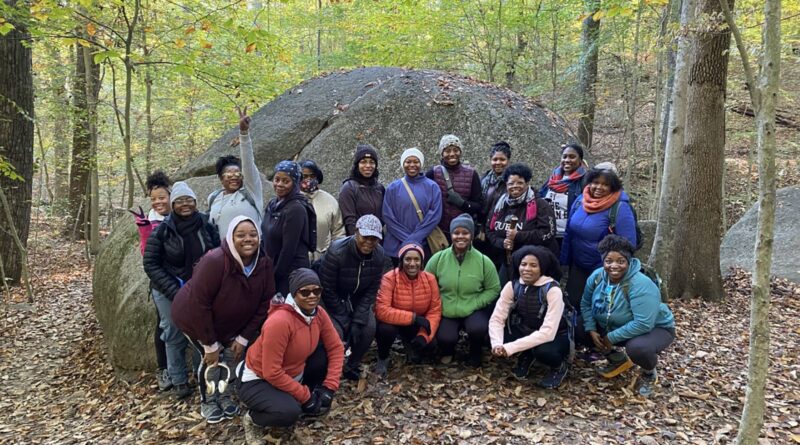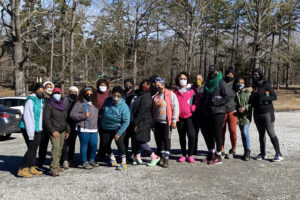Breaking Down the Outdoor Diversity Issue
Outdoor recreation in the US has pretty much been a White people thing for a long time. It’s like they’ve had this exclusive club going on, leaving out people of color.
The “Adventure Gap”
They’ve even given it a name – the “adventure gap” or “nature gap.” Basically, it means that there’s a big lack of diversity in outdoor activities, and it’s got folks talking, especially after all the racial justice protests in 2020.
Numbers Don’t Lie
If you look at the stats, it’s pretty clear. White folks are way more into outdoor stuff like fishing, hunting, and checking out wildlife. Meanwhile, people of color don’t really show up as much in those activities. The Census Bureau’s data from 2016 shows a big gap.
The Brush-off
Some folks try to explain it away by saying things like “Black people don’t hike,” but that’s just brushing off the real issue.
Getting to the Root
This isn’t just about money or cultural differences. There’s a deeper problem here, and it’s rooted in racism, according to KangJae “Jerry” Lee, a professor who knows his stuff when it comes to race and outdoor leisure.
How It All Started
Back in the day, when the Pilgrims first showed up in America, they weren’t all about nature like we are now. They saw the wilderness as a scary place that needed to be controlled.
The Racial Twist: But things changed in the 1800s when rich White folks started romanticizing nature. They thought of it as this pure, clean place, unlike the dirty cities full of immigrants and people of color. That’s where the racial divide started creeping in.
Parks for White People
Believe it or not, even the environmental movement had ties to racism. Some of the big conservationists saw parks as a way to keep White supremacy alive and well. They didn’t care much about people of color enjoying the outdoors.
Segregation in the Parks
When the National Park Service came around in 1916, Jim Crow laws were already a thing in the South. Black folks weren’t welcome in the parks, even after they officially said they were desegregating in 1945.
Separate and Unequal
Instead of enjoying the same parks as White folks, Black people got stuck in these “Negro areas” that were often run-down and not taken care of. It was like they were second-class citizens in their own country.
Bottom Line
It’s clear there’s a big problem here, and it’s not just going to go away on its own. We’ve got to face up to the fact that racism has been a big part of why outdoor spaces haven’t been welcoming to everyone. It’s about time things started changing for the better.

